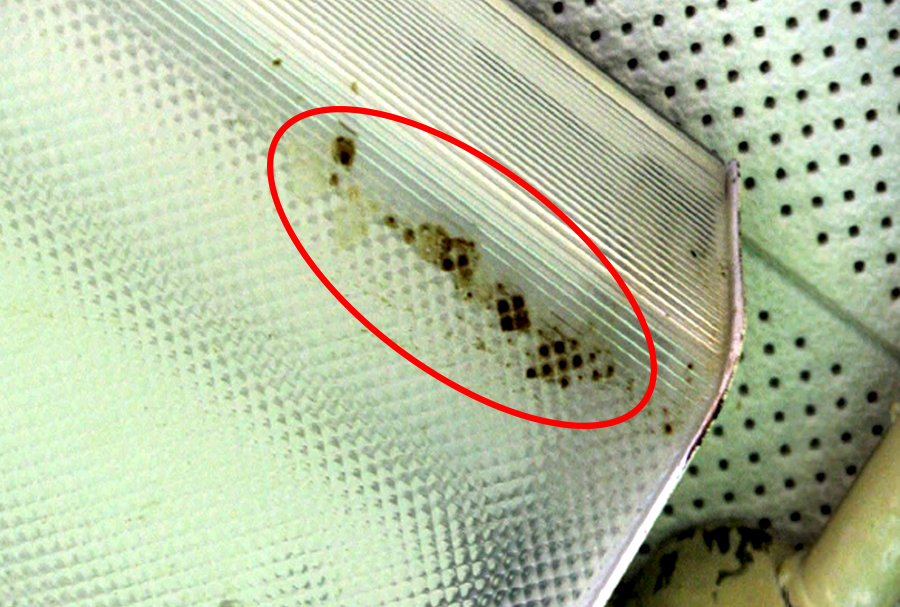Thousands of PCB-contaminated lighting fixtures finally out of NYC schools
Five-year effort makes 883 schools safer for kids

Here’s some good news for the city’s children: A multi-year effort to replace crumbling lighting fixtures containing toxic polychlorinated biphenyls (PCBs) in hundreds of public schools — many in Brooklyn — has been almost 100 percent accomplished.
Lighting ballasts and caulking installed between 1950 and 1978 contained the now-banned PCBs. The substance has been linked to cancer, respiratory, endocrine, reproductive and immune disorders.
Yet thousands of the old fixtures remained, crumbling and dripping, in the city’s classrooms.

Brooklyn Boro
View MoreNew York City’s most populous borough, Brooklyn, is home to nearly 2.6 million residents. If Brooklyn were an independent city it would be the fourth largest city in the United States. While Brooklyn has become the epitome of ‘cool and hip’ in recent years, for those that were born here, raised families here and improved communities over the years, Brooklyn has never been ‘uncool’.